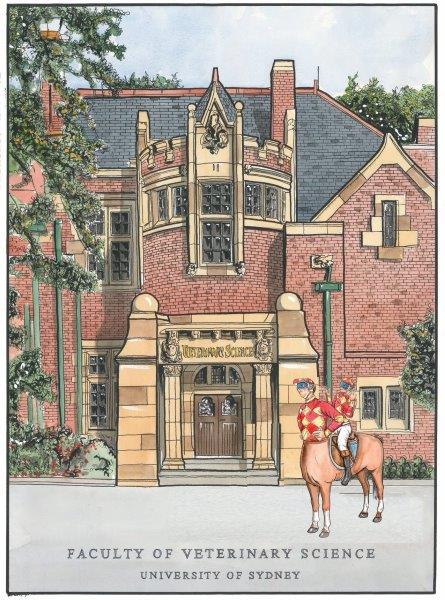
University of Sydney School of Veterinary Science
The School of Veterinary Science at the University of Sydney holds a distinguished history and profound cultural significance in the field of veterinary medicine in Australia. Founded in 1910, it stands as one of the oldest and most prestigious veterinary schools in the country, playing a pivotal role in the development of veterinary science and the preservation of Australia's diverse animal populations.
Historically, the establishment of the School of Veterinary Science was a response to the growing demand for skilled veterinarians in Australia. At the turn of the 20th century, Australia's agriculture industry was thriving, and the need for professional expertise in animal health was apparent. The school was founded to address this need and has been instrumental in advancing the country's veterinary profession ever since.
Culturally, the School of Veterinary Science at the University of Sydney has contributed significantly to the preservation of Australia's unique flora and fauna. Australia is home to a wealth of native species found nowhere else in the world, and the school's research and clinical efforts have played a critical role in the conservation of these animals. From the treatment of injured koalas and kangaroos to the study of exotic wildlife, the school has been a vital hub for wildlife care and research.
Furthermore, the school has nurtured a strong sense of community among veterinarians and animal lovers in Australia. It has produced generations of veterinarians who have gone on to work not only in clinical practice but also in government agencies, research institutions, and conservation organizations. This network of alumni has played a vital role in shaping the policies and practices that protect and care for animals across the continent.
In conclusion, the School of Veterinary Science at the University of Sydney has a rich history and profound cultural significance in Australia. Its contributions to veterinary medicine, wildlife conservation, and the broader community have made it a cornerstone institution in the field. As it continues to evolve and innovate, it will undoubtedly remain a beacon of excellence in veterinary science for years to come.